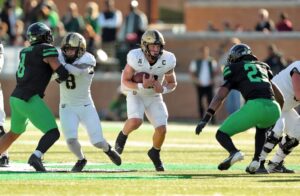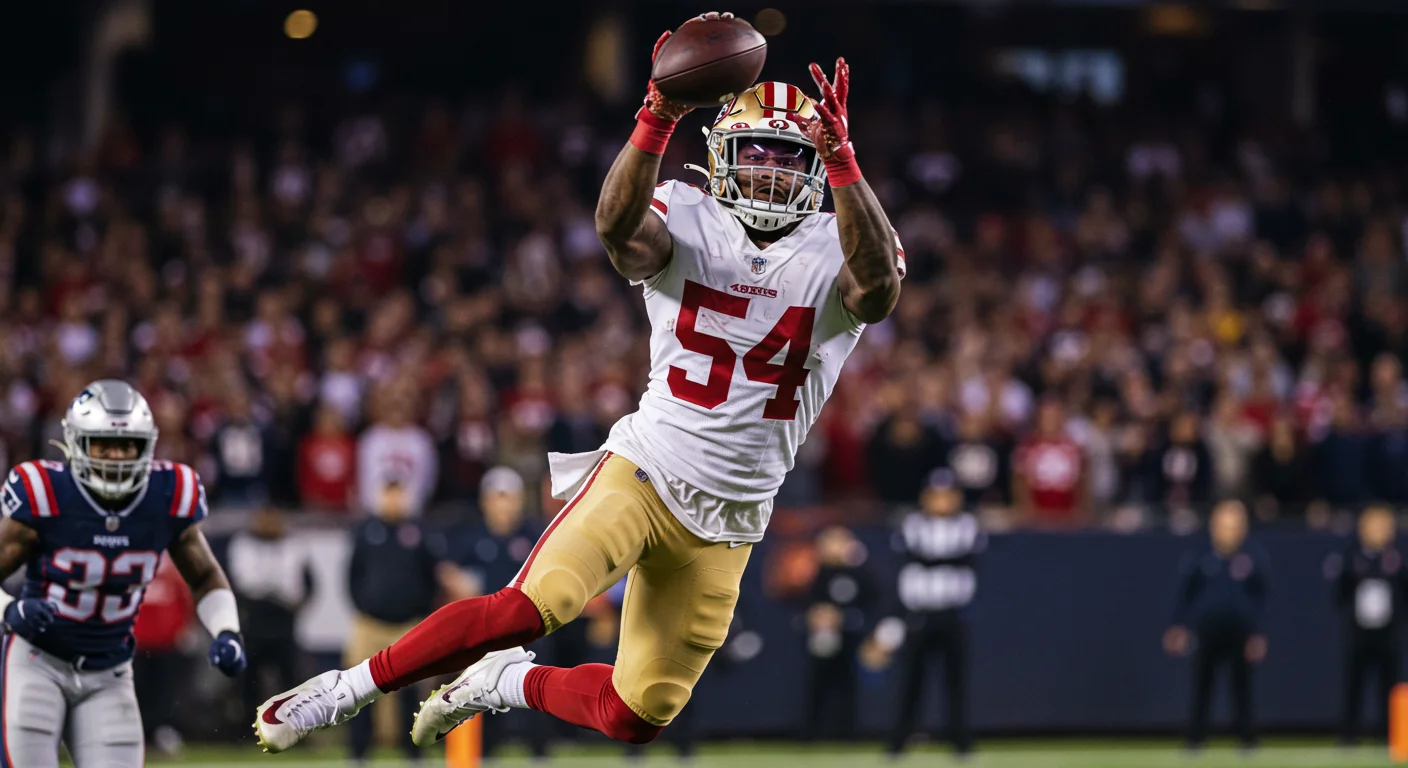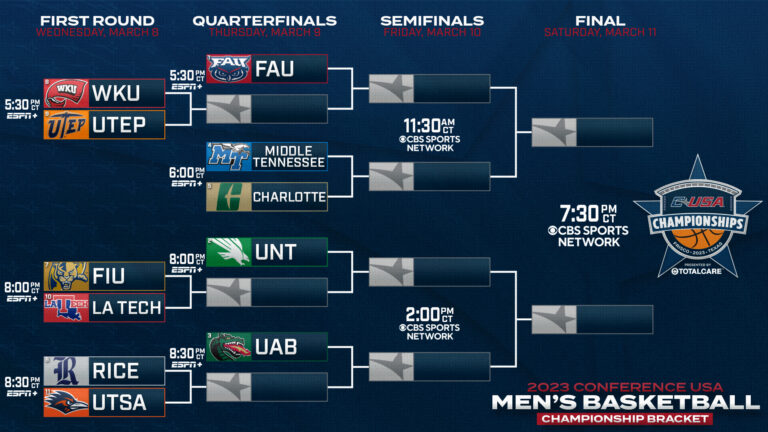Introduction
When football fans talk about the NFL, few things spark as much excitement as analyzing the raw numbers behind a big game. The encounter between the San Francisco 49ers and New England Patriots was more than just another Sunday game; it was a game full of intensity, skill, and numbers that tell their own stories. Beyond touchdowns and highlight reels, football analysis has always relied on statistics to determine who dominated, who struggled, and which strategies were successful.
This particular game brought two franchises with rich histories head-to-head, and the performance sheet was filled with intriguing details. The New England Patriots vs. San Francisco 49ers matchup player stats should have been broken down from every angle, not just who won. From quarterback efficiency to defensive takeaways, the game offered a statistical treasure chest.
So, in this deep dive, we’ll walk through each layer of the contest. This guide will provide you with an inside look at the numbers that shaped the outcome, whether you are a fantasy football enthusiast, a die-hard fan, or someone trying to catch up on the buzz.
Historical Context of Patriots vs 49ers Rivalry
Due to their different conferences, the Patriots and 49ers rarely play each other. However, whenever they meet, it always feels like a clash of football traditions. The Patriots, with their dynasty years under Tom Brady and Bill Belichick, have long represented tactical discipline and winning culture. On the other hand, the 49ers have a long history that goes back to Steve Young and Joe Montana and includes multiple Super Bowl victories.
Historically, the rivalry doesn’t match the intensity of divisional battles, but each matchup is an opportunity for one franchise to prove its strength against a storied opponent. The Patriots’ methodical, structured approach contrasts with the 49ers’ physical, dynamic, and frequently explosive execution in games between these two teams.
This particular meeting was more than just another regular-season fixture. For the Patriots, it represented a chance to test young talent against one of the league’s toughest squads. For the 49ers, it was about maintaining dominance and solidifying their playoff aspirations. The history of their previous meetings—sometimes lopsided, sometimes nail-biting—sets the backdrop that makes this statistical breakdown even more exciting.
Match Overview
The setting for the stage was a stadium with a lot of energy. Fans from both coasts filled the venue, turning the game into a spectacle of East vs West. Analysts looked at important matchups before kickoff: how would Mac Jones deal with San Francisco’s ferocious pass rush? Could Brock Purdy continue his steady performance against Belichick’s tricky defensive schemes?
From the opening whistle, the tone was clear. The game was going to be about execution, adjustments, and momentum swings. Every drive mattered, and mistakes were punished quickly. The box score revealed a different story than the scoreboard.
The player statistics of the New England Patriots’ match against the San Francisco 49ers became the focus of both fan discussions and expert debates. While one team showed resilience, the other leaned on its star playmakers. This was not a one-sided blowout; rather, it was a chess match marked by numerical victories in every category.
Quarterback Battle: Mac Jones vs Brock Purdy
In any analysis, quarterbacks are always the most important factor, and this game was no exception. The Patriots’ leader, Mac Jones, was heavily scrutinized when he arrived. Fans wanted to see consistency, poise, and the ability to sustain drives. His stat line told a mixed story—completions were solid, but turnovers and missed deep throws raised questions.
On the other sideline, Brock Purdy carried himself with calm efficiency. While not flashy, his numbers reflected a quarterback who avoided mistakes and capitalized on opportunities. He distributed the ball across multiple receivers, kept the chains moving, and most importantly, managed the game against a tough defense.
- The following are key QB stats: Completion percentage
- Passing yards per attempt
- Interceptions versus touchdowns Quarterback rating (QBR)
Breaking it down, Purdy’s efficiency outweighed Jones’ inconsistency. Purdy’s balance and control gave the 49ers an advantage, even though Jones displayed moments of brilliance, particularly when converting third-down conversions. Highlight throws are often less important in games like these than avoiding costly mistakes.
Running Game Analysis
Without looking at the ground attack, it is impossible to comprehend any football game. For the Patriots, the running game has often been their safety valve. In this matchup, their rushing leaders put in significant work, chewing up yards and keeping the defense honest. However, the efficiency wasn’t always there—short gains and stuffed runs on early downs left Jones facing difficult third-down situations.
The 49ers, true to their identity, leaned heavily on their running game. Their backs found lanes, broke tackles, and controlled the pace behind a dominant offensive line. Explosive runs turned the tide of drives, giving Purdy breathing room and forcing New England’s defense to stay on the field longer.
- Some important rushing stats were: Total rushing yards per team
- Per-carry average yards Longest runs of the game
- rushing efficiency in the red zone
The contrast was clear: the Patriots’ run game provided balance but lacked explosiveness, while the 49ers showcased a ground attack that set the tone. This became one of the most significant differences in the player stats for the match between the New England Patriots and the San Francisco 49ers, demonstrating once more how important the run game is in determining outcomes.










